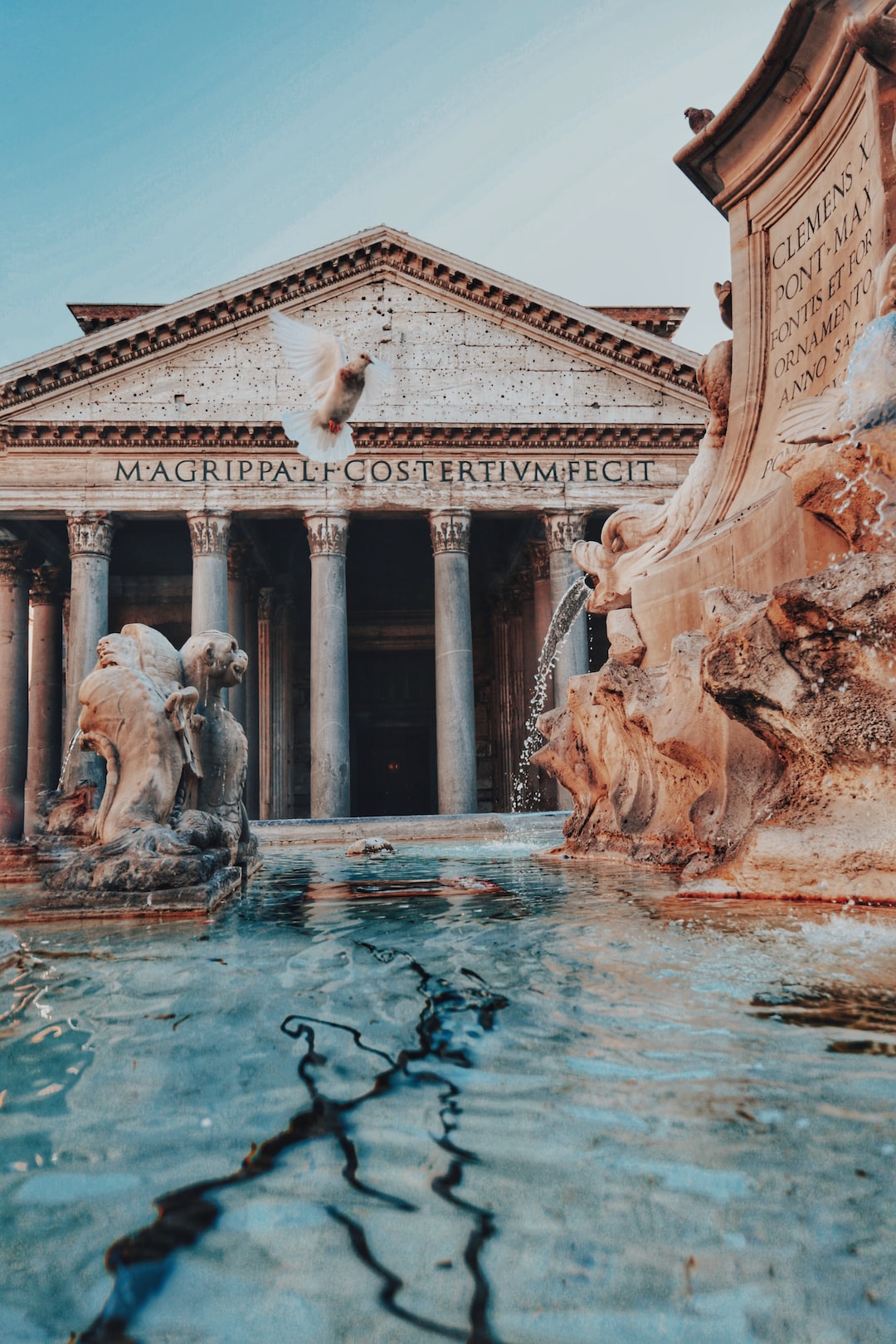Exploring Rome’s Neighborhoods: Understanding the City’s Diverse Culture
Rome, the eternal city, is renowned for its ancient history, iconic landmarks, and rich cultural heritage. But beyond its world-famous attractions lies a city of diverse neighborhoods, each with its unique character, history, and culture. Exploring Rome’s neighborhoods is an excellent way to delve into the city’s vibrant tapestry and understand the different facets of its captivating culture.
Trastevere, a picturesque district on the west bank of the Tiber River, is a neighborhood that perfectly reflects the bohemian spirit of the city. Its narrow cobblestone streets are lined with charming medieval houses, art galleries, boutique shops, and traditional trattorias. Trastevere is best explored on foot, strolling through its labyrinthine alleys, getting lost, and stumbling upon hidden gems. In the evenings, Piazza di Santa Maria in Trastevere becomes a bustling hub of activity with street performers, musicians, and locals socializing over aperitivos.
If you want to experience the ancient roots of Rome, head to the neighborhood of Monti. Located between the Roman Forum and the Colosseum, Monti is one of the oldest parts of the city. Its narrow streets and ivy-covered buildings exude a charming atmosphere. Monti is known for its vintage shops, artisanal boutiques, and trendy bars. The neighborhood is also home to the beautiful Basilica di Santa Maria Maggiore, one of Rome’s major basilicas dating back to the 5th century. Monti is a fusion of ancient and modern, mixing history with contemporary style.
The Testaccio neighborhood offers an authentic glimpse into the daily life of Romans. Historically an industrial area, Testaccio has evolved into a vibrant district known for its food scene, happening nightlife, and local market, Mercato Testaccio. The market is a food lover’s paradise, offering a wide variety of fresh produce, regional specialties, and street food. Testaccio is also home to the Pyramid of Cestius, an ancient Egyptian-inspired pyramid dating back to 12 BC. It’s a neighborhood where you can sample traditional Roman cuisine, dance the night away, and immerse yourself in the daily rhythm of the city.
For those seeking a more contemporary and artistic vibe, the neighborhood of Pigneto will not disappoint. Located east of the city center, Pigneto is known as Rome’s answer to Brooklyn. Its bohemian atmosphere attracts artists, writers, and young creatives. Pigneto’s streets are adorned with vibrant street art and its squares are packed with trendy bars, quirky cafes, and hip restaurants. This neighborhood truly comes alive at night, transforming into a buzzing hotspot for the city’s alternative nightlife.
Rome’s neighborhoods offer an insight into the diverse cultures that coexist within the city. Whether you’re exploring the historic charm of Trastevere, the ancient roots of Monti, the local life of Testaccio, or the artistic energy of Pigneto, each neighborhood has its own distinct personality and contributes to Rome’s overall cultural mosaic.
So, the next time you find yourself in the eternal city, make sure to venture beyond the tourist sites and explore the vibrant neighborhoods that make up Rome’s diverse culture. By immersing yourself in the unique character of each district, you’ll gain a deeper understanding of the city and its people. From ancient to contemporary, traditional to bohemian, Rome’s neighborhoods have something to offer everyone.

